Distributor provided a review code
South of Midnight is a game that I want to love far more than I actually do. It is superbly written and performed, with mood to spare, but it’s not that much fun to play. The final result is just short enough that I didn’t leave it unfinished, but I doubt I’ll ever return to it the same way I would if it was a film.
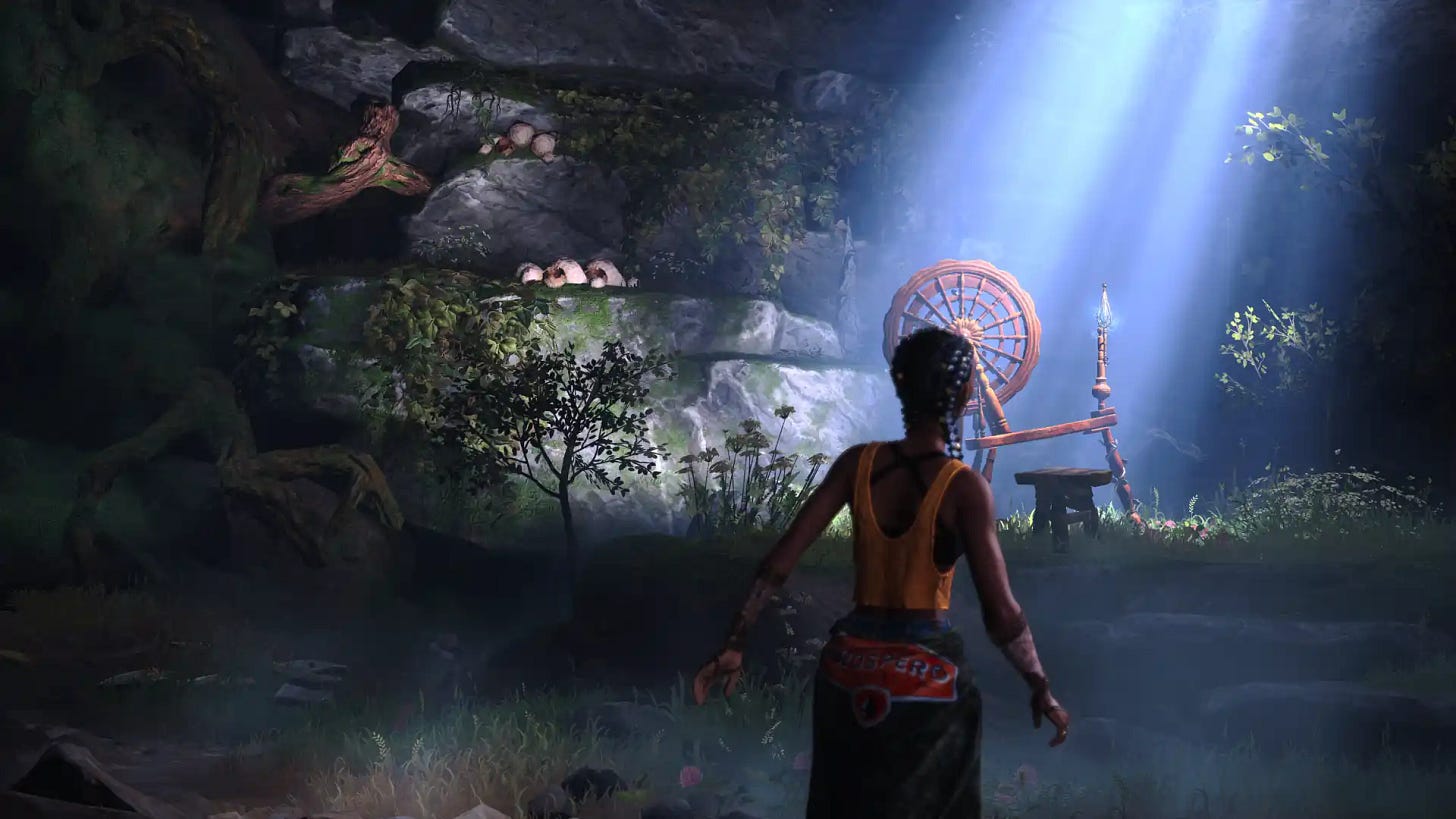
The Story & Gameplay
South of Midnight is a fairy tale in the style of Alice in Wonderland and American Gods. It effortlessly balances between fantasy and Southern Gothic, tying together nursery rhymes, folk tales, and even the works of Flannery O’Connor.
It begins, as most stories like it, on a dark and stormy night. A hurricane is coming, and Hazel and her mother Lacey are working hard to get out of its path. They argue, and Hazel goes out to check on their neighbors. As she does, a flash flood picks up their trailer, along with Lacey, and drags them down river.
As Hazel gives chase, she notices the world has turned askew. Great beings wander in the wild, catfish jabber like there’s no tomorrow, and every legend appears alive and well. Only bound to the tragedy and heartbreak that gives this fictional area of Louisiana its flavor.
Right off the bat, you’ll find South of Midnight dripping with mood and texture. This is a lovingly crafted game, one that feels true in spirit to the worlds it depicts.
Sadly, you’ll also notice how janky the platforming is, and how unimaginative the level design reveals itself beneath the gorgeous art direction. Over the course of the next ten to twelve hours, South of Midnight proves countless times how it’s a gorgeous game to look at, and a disappointing one to play.
More than once during my review period, I made a note how the only thing keeping me going was the great writing and character work. If only this were a film directed by LAIKA studios, the minds behind Coraline and Kubo and the Two Strings.
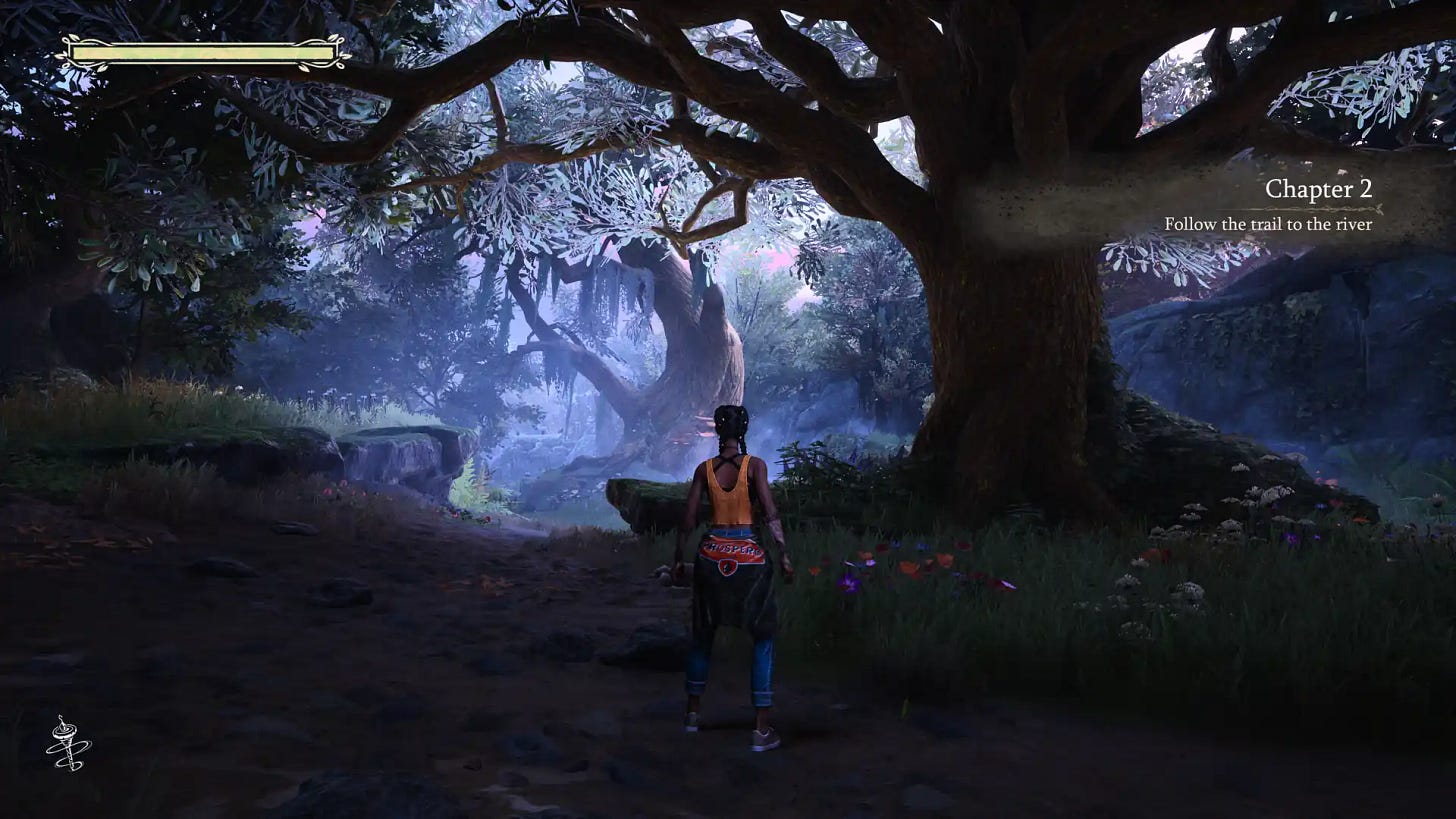
The gameplay loop is quickly established, and it barely changed throughout the game.
Hazel travels through different areas of the bayou, where she encounters tragic fates morphed into monsters over the years. As a Weaver, a magical entity capable of fixing past wounds, Hazel must use her powers to ease the pain of the world around her.
In game, that’s done by punching things until they heal.
So, Hazel travels around sublimely beautiful landscapes, moving from one confined ruckus to the next, until she’s collected enough material to close out a Stigma — a large wound — for good. Then, it’s off to a boss fight. Rinse and repeat for ten hours.
The combat mechanics are a chore and boss fights tedious. There are only a few different attacks, and the skill tree is withered, to say the least. The camera lock-on is unreliable, and even though the accessibility settings help, much of the creature design is difficult to read. Which, in turn, leads to annoying encounters where I couldn’t figure out who was hitting me and from where.
Worse are the bosses, where the attacks are so poorly signaled the game has to throw up written prompts to explain what it wants you to do.
The world is a linear series of tubes where Hazel can divert from the path in an orderly fashion to pick up upgrades. These come in the shape of floofs, which are effectively souls, only rebranded. Gather enough of them and Hazel can power up her attacks.
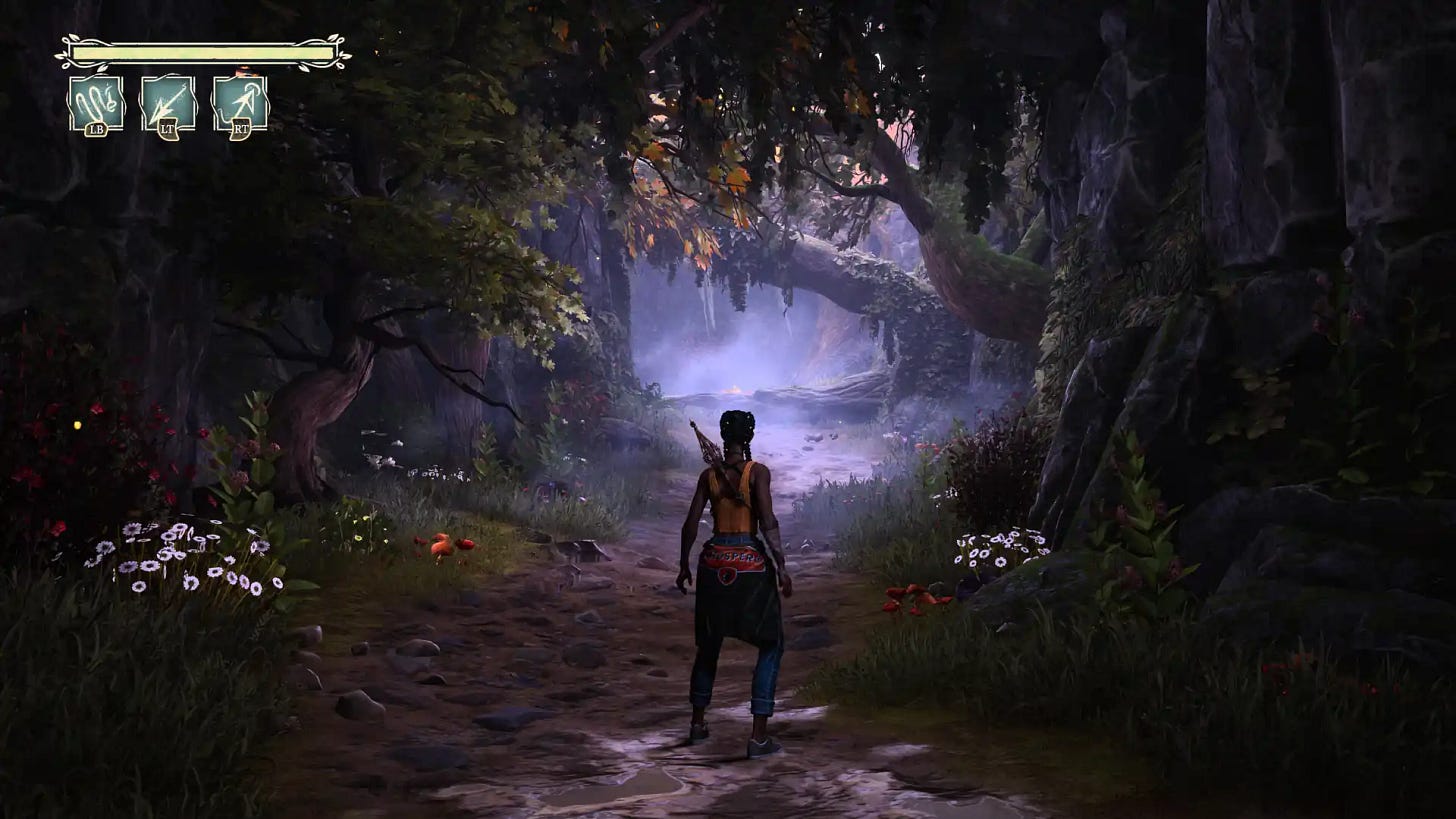
Fun is a subjective, complex subject. It will never mean the same thing for everyone. So it’s hard to write off South of Midnight entirely, because I’m not certain I didn’t have fun with it. Even when I was ready to dismiss it outright about midway through.
That’s because I love its presentation. I love the characters. I adore the writing, which captures elements of whimsy, tragedy, murder ballads, and folklore and binds them together with the kind of grace you rarely see in games.
It’s just that everything else doesn’t work. Many will quite rightly give it a miss entirely, even if it will tickle the nostalgia receptors of those who grew up with American McGee’s Alice and Beyond Good and Evil.
South of Midnight is a fantastic emulation of the two, only twenty years too late. Back in the mid-2000s, it would have fit in perfectly. Now, it stands out for all the wrong reasons.
Accessibility
One area where South of Midnight excels is accessibility. This is one of the best designed, thoughtful, and nuanced systems in memory.
You can adjust everything from color profiles to written visual cues and menu narration at the drop of a hat. Audio adjustments help with positioning and directional cues. The HUD can be attuned to help out as much or as little as you want. Navigation assistance guides impaired gamers through more complex settings. Push/tap toggles help with running, jumping, and gliding.
Difficult levels range from story emphasizing to downright punishing. You can even create a custom difficulty based on your needs. Battles, including bosses, can be skipped, and you can enjoy South of Midnight 100% on your terms.
Even if the game itself has issues, there is no question that South of Midnight is the gold standard when it comes to accessibility settings in gaming. This is beautiful, supremely inclusive work.
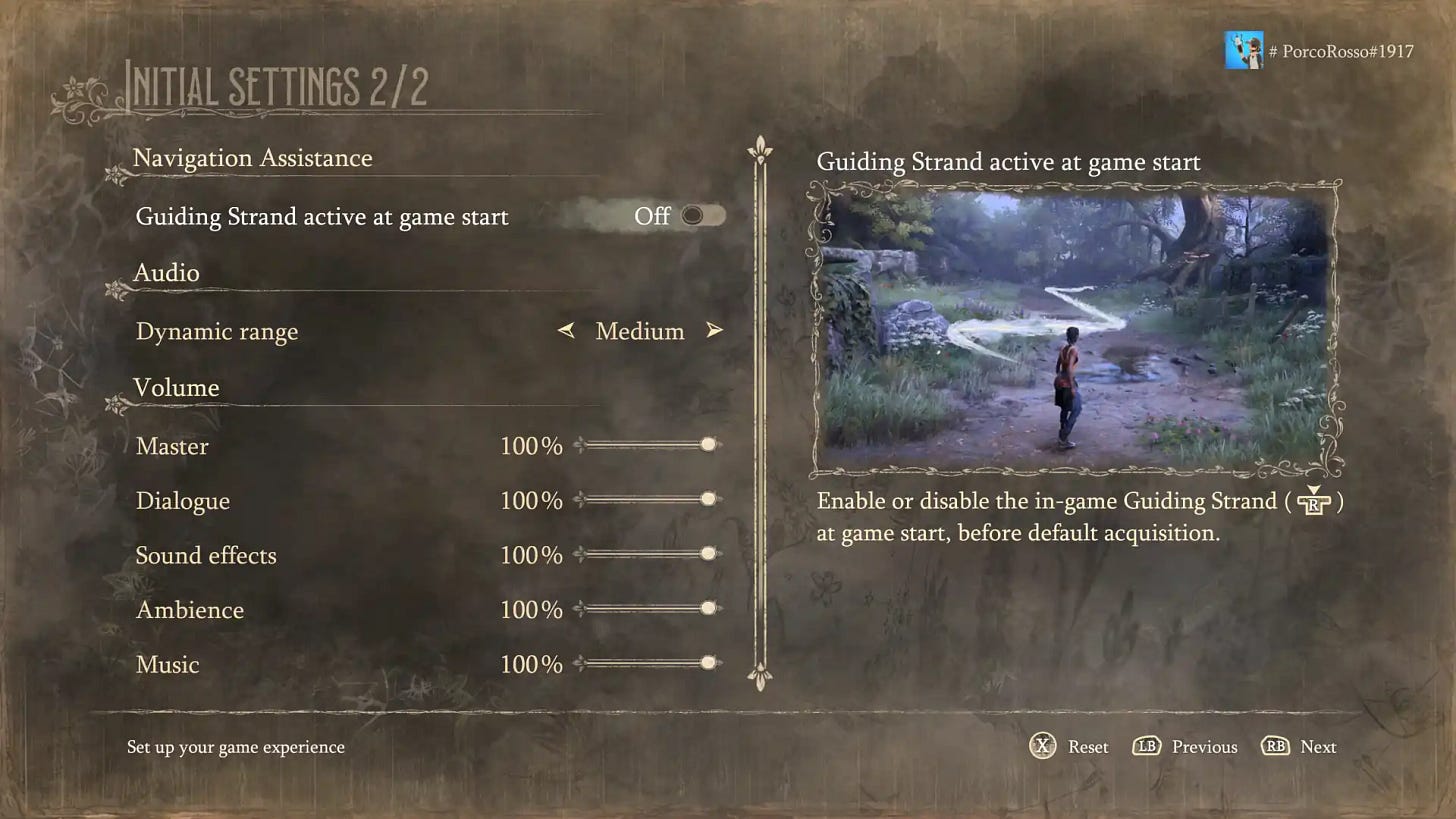
Technical Aspects
South of Midnight intentionally cranks down the frames during cutscenes to imitate a stop-motion-like animation style. It doesn’t quite work, and I found myself often more distracted than enamored by it.
It’s not quite the real thing, and it’s not fluid enough, either, so the middle ground can lead to eye strain and annoyance. Luckily, the setting can be turned off in the menu.
Otherwise, South of Midnight is a gorgeous game that runs at a smooth 60fps on the Xbox Series X.
As for audio, I’d be surprised if this wasn’t a strong contender at the end of the year for best soundtrack and performances. Voice acting is fantastic, with strong performances in every direction. But it’s the gorgeous soundtrack, full of original songs and spellbinding cues, that is the star of the show.
The heady mix of jazz, folk music, swing, and ragtime gives South of Midnight an identity and style few others, if any, can claim to have. It makes even the direst bits of gameplay worthwhile, just to hear the amazing music.
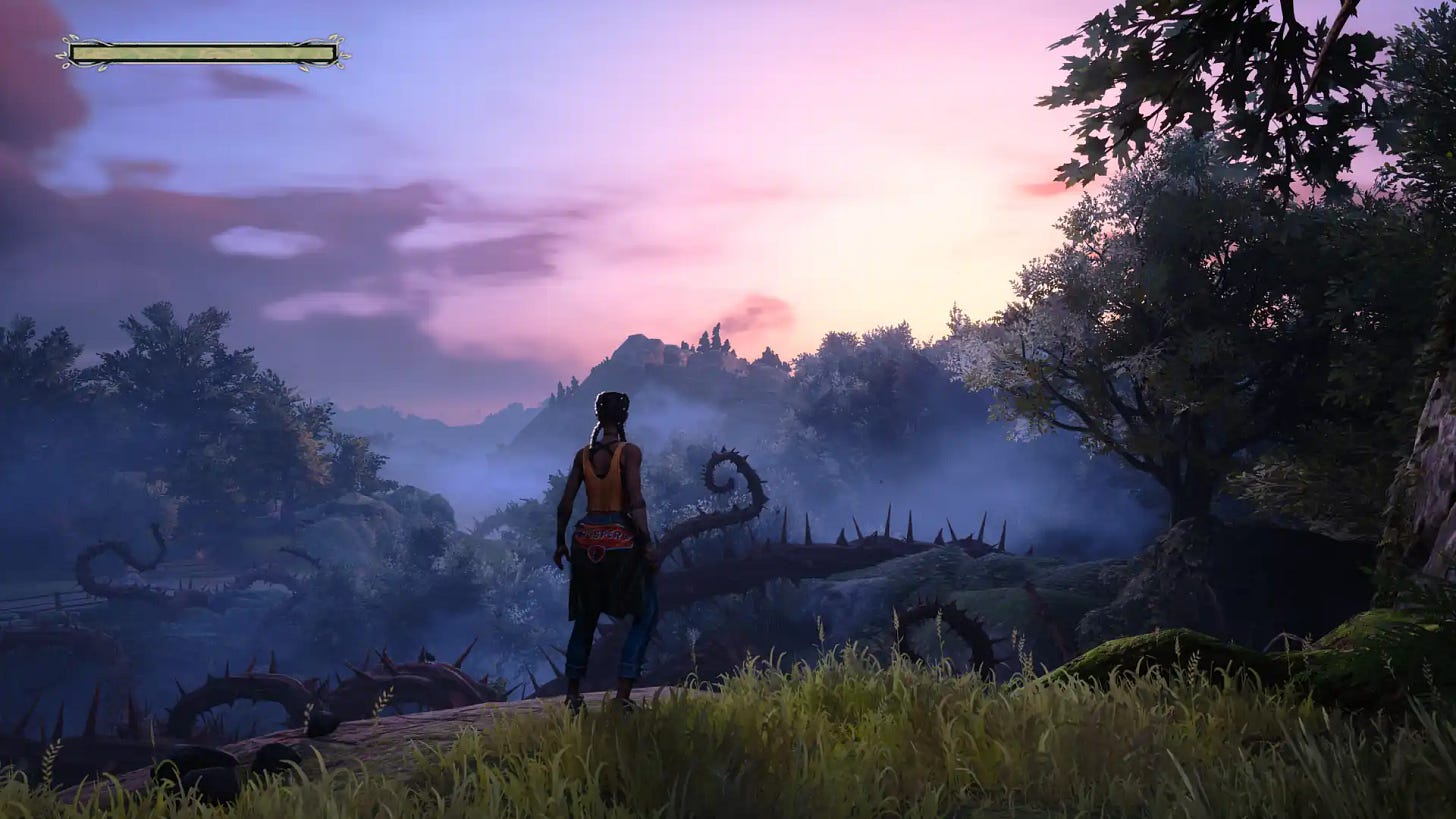
Who’s It For?
South of Midnight is a throwback to a bygone era in terms of gameplay, and that’s not always a good thing.
Its mechanics are dated, the gameplay loop stale, and platforming feels stiff. So many others have come since the days when this type of adventure ruled the roost that I can’t help but see every way the genre has progressed.
And yet, it’s such a well-written and strongly defined adventure that a part of me wants to love and recommend it nonetheless. There’s a genuinely heart-wrenching tale beneath the problematic mechanics. One that tackles generational trauma, societal ills, and the power of folk stories in a way that genuinely moves the art form forward.
It’s a weird juxtaposition, to have a progressive story against a regressive game, but that kind of contradiction feels almost perfect for South of Midnight. It is, after all, a game about how messy we are as people, and how, sometimes, it makes us so unique in the end.









